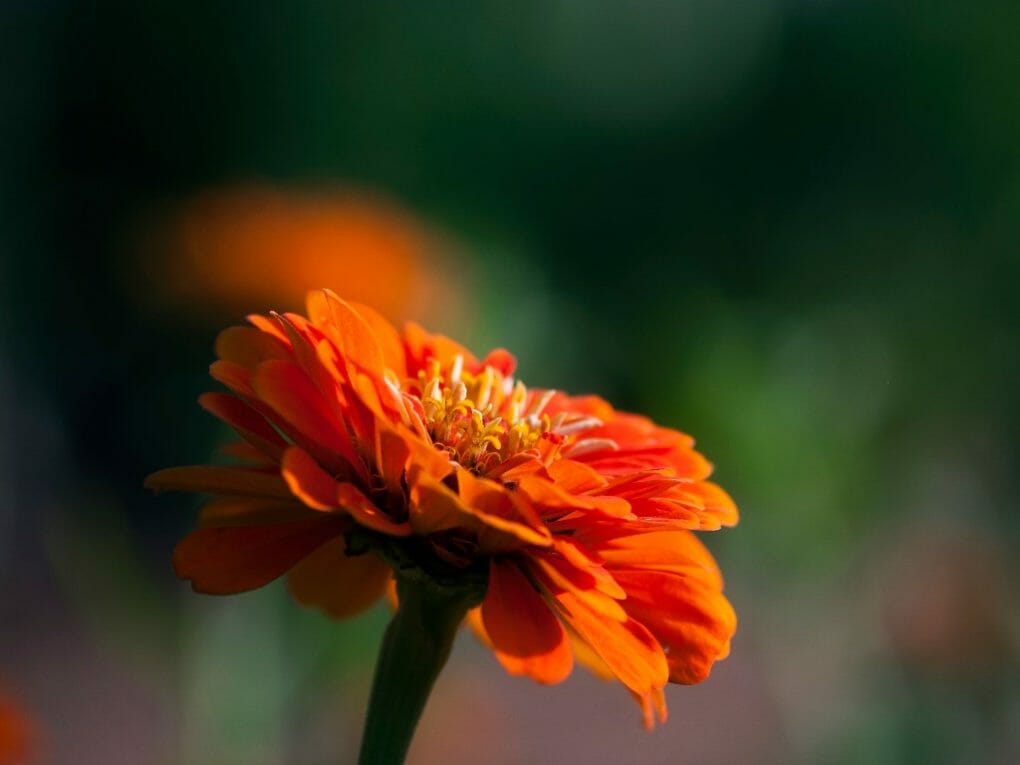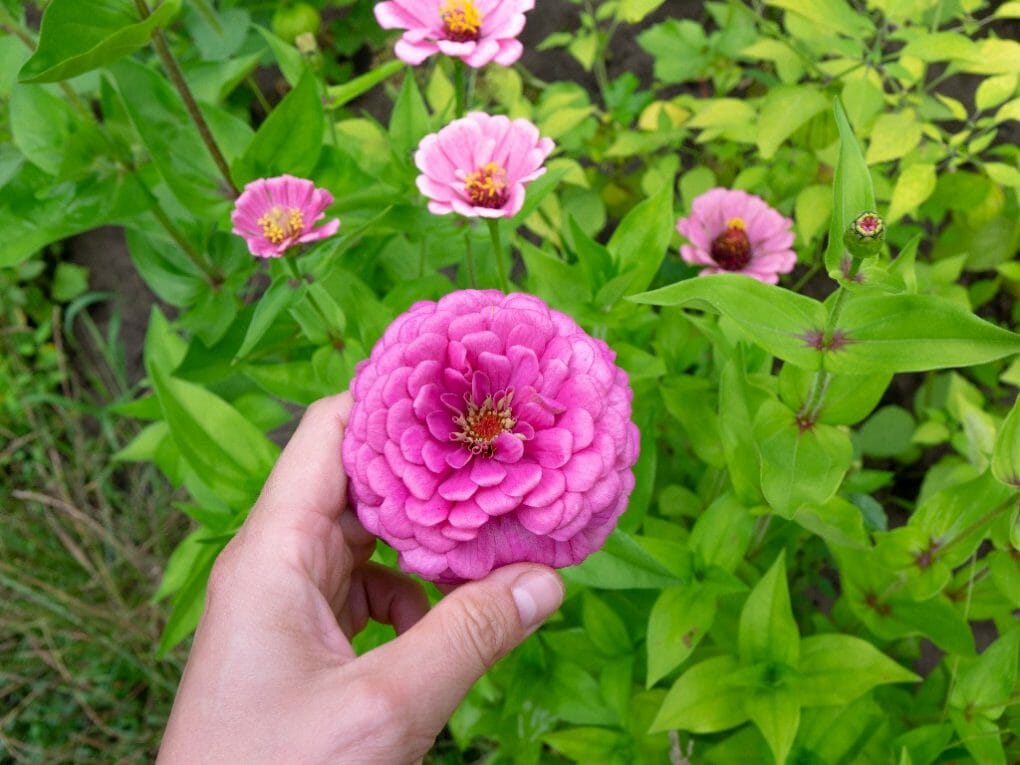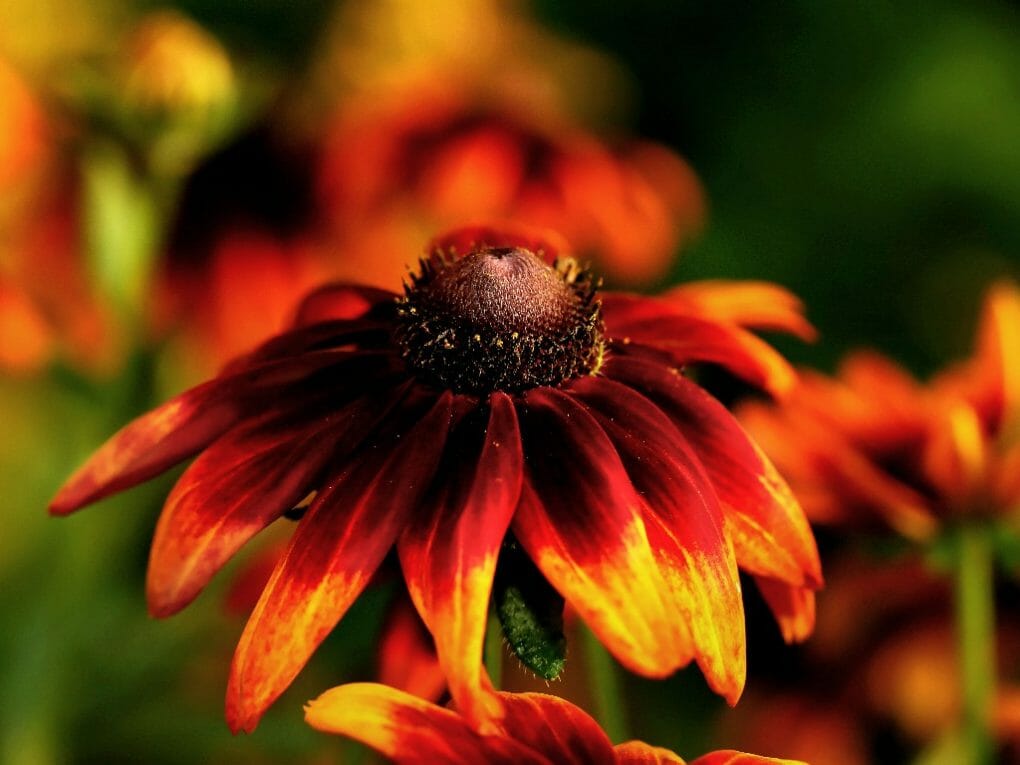Zinnias: Are They Annual or Perennial? | Know What Treating Zinnias as Annual

Depending on the species, zinnias are treated as annuals or perennials in the gardening world. We’ll talk about a few perennial species below, but most of the time, these species aren’t sold in plant nurseries or by traditional seed companies. Instead, they grow in the wild.
So, what’s the difference between an annual plant and a perennial plant? Annual plants only live for one year before dying. This means the plant will usually start to grow, grow, flower, and set seeds from Spring to Fall (depending on the plant and where you live).
Plants that live for more than one year are called “perennials.” Some only live for a short time, while others live for a long time. Most of the time, these plants grow slowly, and their growth may even be woody (though not always).
Their stems and leaves may die in winter, but their roots, tubers, bulbs, or rhizomes are still alive and store food for the plant. They save all their energy for the next spring when the plants wake up from their winter sleep and start to grow again.
Some perennial plants will bloom yearly once they are established, which may take a few years. Some may even bloom the first year they are planted, but they will get bigger and stronger as they age.
Table of Contents
What Does It Mean for a Plant To Be “Treated” as an Annual?
Fast-growing perennial flowering plants treat like annual flowering plants if we are creative and like to push the limits. This means that instead of letting the plant live on into the second year, we have to get rid of it or make room for other plants. We do this sometimes because flowering uses up so much energy that it will take the plant a few years to return to normal.
One great example of this is the way that commercial cut flower growers make tulips. Tulips are perennial in nature. Every year, leaves grow from a bulb, a beautiful flower. Many home gardeners let the leaves die on their own, hoping that a new flower will grow the following year.
In commercial cut flower production, the grower cuts the flower stems, so they are as long as possible for the end user, who is usually a florist. In the process of cutting the stems, the plant’s leaves are removed. As we learned in high school biology, it is the leaves job to make energy for the plant through photosynthesis.
Harvesting

After the tulip flowers have been picked, the bulb may send up leaves the next year, but you won’t see flowers for another year or two. The plant needs to get its energy back so it can bloom again.
Since zinnias are so easy to grow from seeds, many gardeners choose to save seeds from their plants or buy new seeds. Also, zinnias may sometimes grow from their seeds in the garden.
A gardener might also treat a perennial plant as an annual because it might not survive the winter in its hardiness zone. Zinnias are mostly native to the southern US and Mexico, so a perennial zinnia may not make it through the winter in a growing zone farther north. Therefore, zinnias must be replanted in the spring unless the gardener intends to bring the plants indoors for the winter.
Popular Zinnia Species and Varieties
The Zinnia genus is made up of 17 different kinds of flowers. This means many different flowers can be used in almost any garden.
Annual Zinnias
The most popular types of zinnias for home gardens and landscaping are annuals. Usually, annual zinnias attract pollinators to a vegetable garden as a cut flower or a bed to cover the ground and add color at the edge of a landscape.
Zinnia elegans
If you’ve ever seen a zinnia, it was most likely a Z. elegans variety. This species is an annual that grows plants that are between 1 and 3 feet tall and have big blooms.
Zinnia haageana
This zinnia grows to about 2 feet tall, and its flowers are 1 and 2 inches wide. Quite a few of the flowers have two colors.
Zinnia angustifolia
Plants in this species don’t grow very tall, so they are mostly used in borders, pots, and hanging baskets. Some dwarf varieties are only 6 inches tall. Some types can grow up to 3 feet tall, though.
Zinnia peruviana or multiflora
This species, called “field zinnia,” grows best in hot, dry places. Some places consider it a weed because it grows back easily from seeds. The plant will grow between 1 and 3 feet tall, and its flowers will be between 1 and 3 inches wide. Most of the flowers are a reddish-orange color, but some can be a golden yellow color.
Perennial Zinnias

Many of the species listed below are native to the United States and Mexico and can be found growing in the wild. Most of the time, you can’t buy these species from a plant nursery. However, you may be able to buy seeds from companies that specialize in native plants, or you can collect seeds yourself.
Zinnia grandiflora
This plant is a mounding perennial (up to USDA Zone 4) called “wild zinnia,” “Rocky Mountain zinnia,” or “golden eye.” Wild zinnias grow between 4 and 8 inches tall and are spread by rhizomes, making them a groundcover. The flowers are usually yellow, and it grows best in rough, sunny places that are warm. This plant can also be grown from cuttings or by dividing it.
Zinnia acerosa
It is also called “desert zinnia” or “shrubby zinnia.” Desert zinnia is a low-growing plant with stems and leaves that look silver. It grows at high elevations in prairies, plains, savannas, and meadows. During a drought, it goes to sleep. The center of the creamy-white petals is bright yellow (disk flowers).
Zinnia anomala
This species, also called “shortray zinnia,” has 5 to 8 short petals or none. Shortray zinnia is a perennial plant that can live up to USDA Zone 8. It is a low-growing perennial with a woody base, so it is called a sub-shrub.
